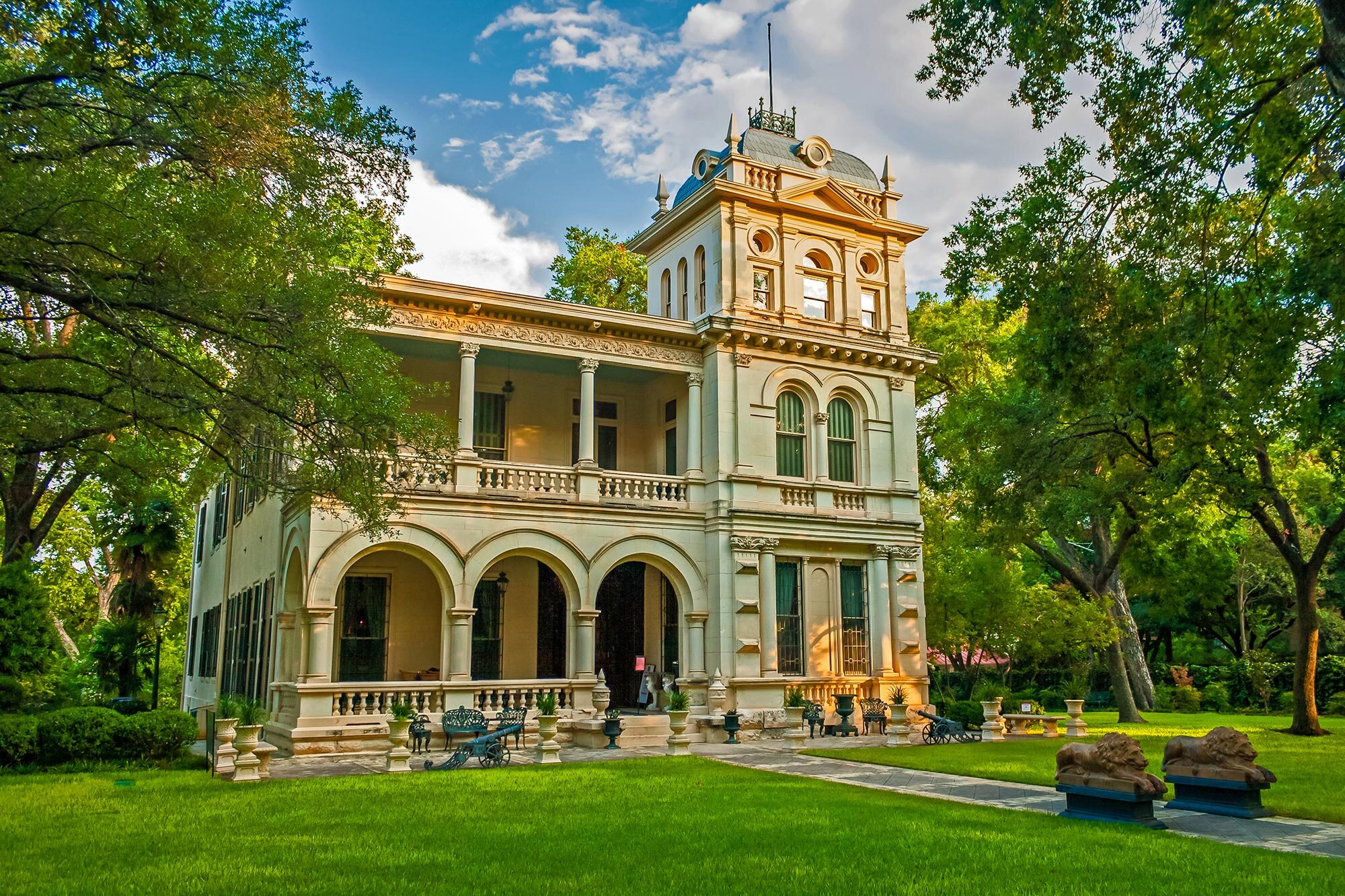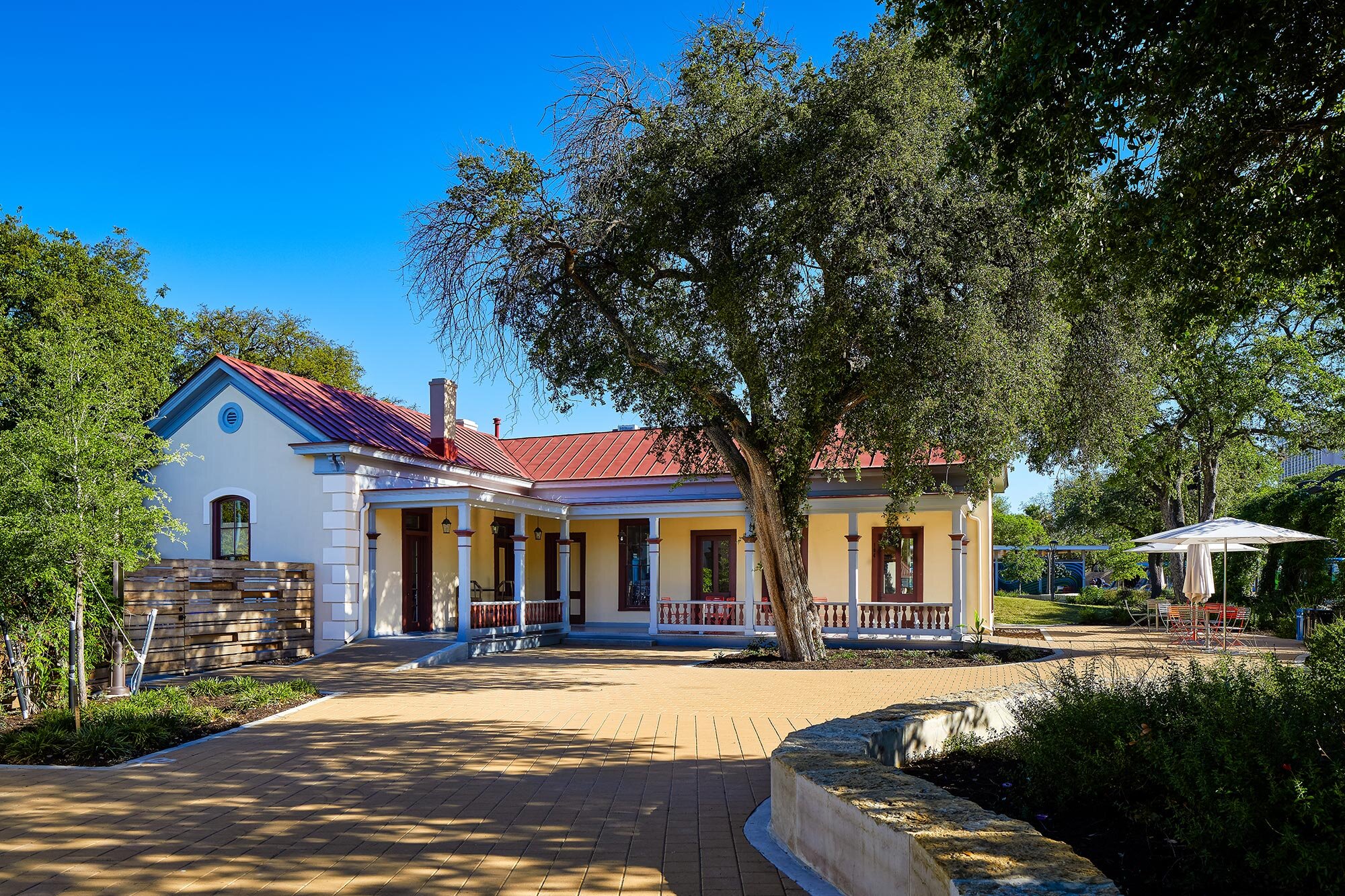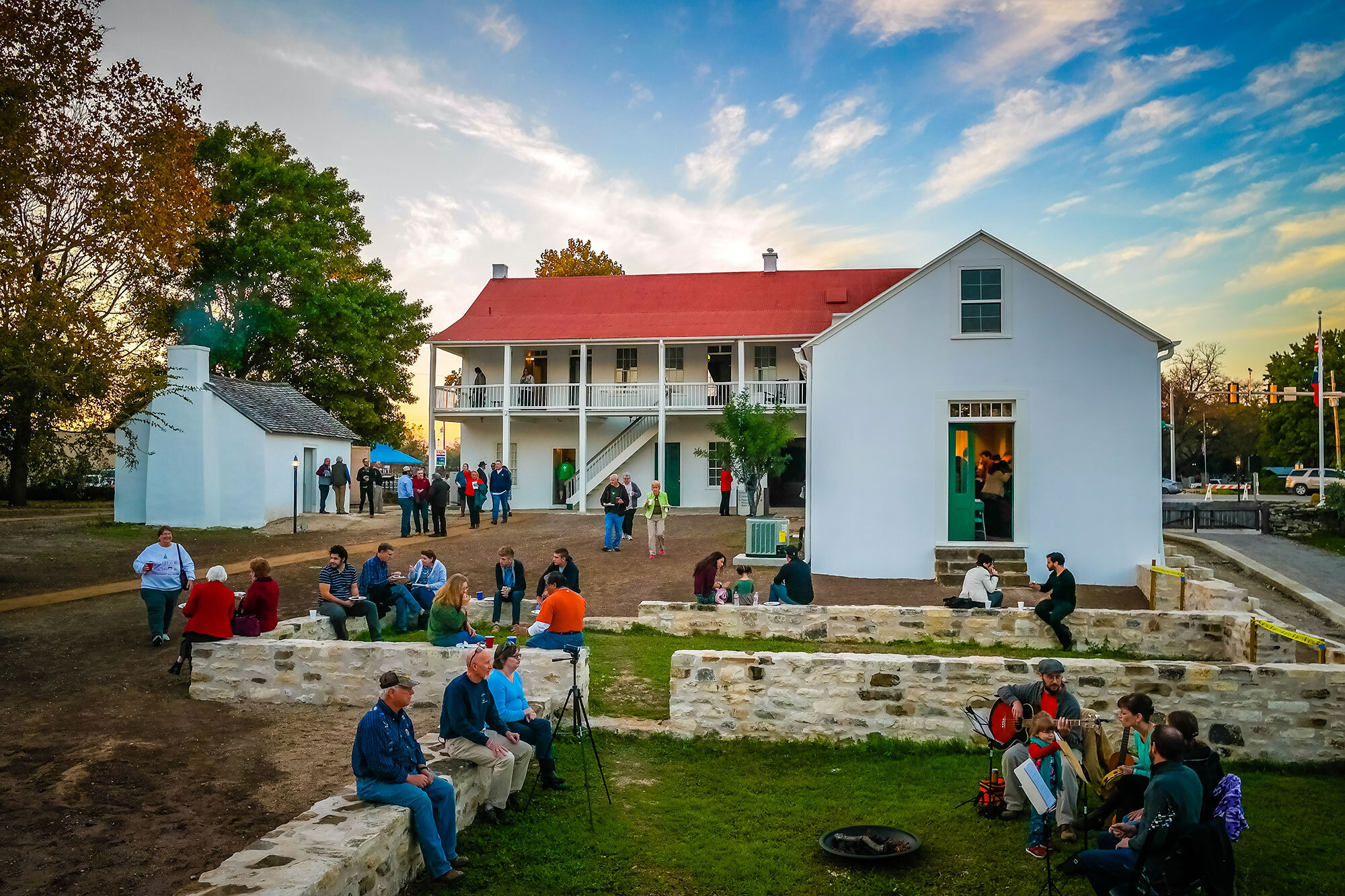Preserve About
P R E S E R V E
Preservation as a Sustainable Value
The choice to preserve an existing structure speaks to the core of our sustainable values as a firm. As Architect Carl Elefante stated, “The greenest building is the one that is already built.” As efficient as new buildings are today, they still require lots of raw materials such as wood, steel, glass, etc. in order to build them. These raw materials need to be processed, shipped, packaged, delivered on site and assembled, all of which require lots of resources and energy. Historic buildings contain embodied energy from when they were first constructed and preserving that energy speaks to the core of sustainability principles. We approach every preservation project with the goal of improving the overall efficiency of this embodied energy to ensure further longevity and lower maintenance costs.
Restoration as a Community Catalyst
The restoration of a local landmark within a community can have a profound impact on civic pride and future development. The ability to restore a building to its original character begins with an overall commitment, both financially and emotionally, to what is ultimately a grinding, but rewarding process. A successful restoration of a local landmark structure contributes to the community's overall cultural identity and solidifies the community's commitment to preserving historically significant structures. This commitment allows for future development to occur around such restorations with confidence and sensitivity, resulting in a much richer mix of architecture and public spaces.
Rehabilitation as an Economic Investment
Throughout a building's life span, it can sometimes go through multiple uses. Residential buildings can become repurposed as commercial and vice versa. When historic buildings have outlasted their original use, the task to rehabilitating it into something different can be daunting and costly. Thankfully, there are national, state and local financial programs in place that owners can take advantage of that can ease the financial burden of such projects and help give historically significant structures new life as a contributing structure to a community again. These programs can also add additional time and fees to a project's front end work during design and so it's important to plan for utilizing such programs well in advance of intended construction start dates.
Reconstruction as a Contemporary Solution
When a historic structure is no longer existing as built form, some owners will look to reconstruction as an option is enough existing documented photographic evidence exists to support the effort. Sometimes, not enough documentation exist to accurately reconstruct a building, but the interpretation of that building's history or importance is crucial to a site's overall purpose. In these cases, reconstruction can take many forms and provide multiple solutions at once. For example, a building's original footprint can be reconstructed as low walls for seating and interpreting a historic building's spatial layout. Sometimes, budgetary constraints allow for only a single facade of a once historic landmark to be rebuilt within an urban setting, allowing for a unique courtyard space to emerge. Reconstruction can also be translated into an art installation such as Edoardo Tresoldi's Ghost Cathedral in Puglia.





